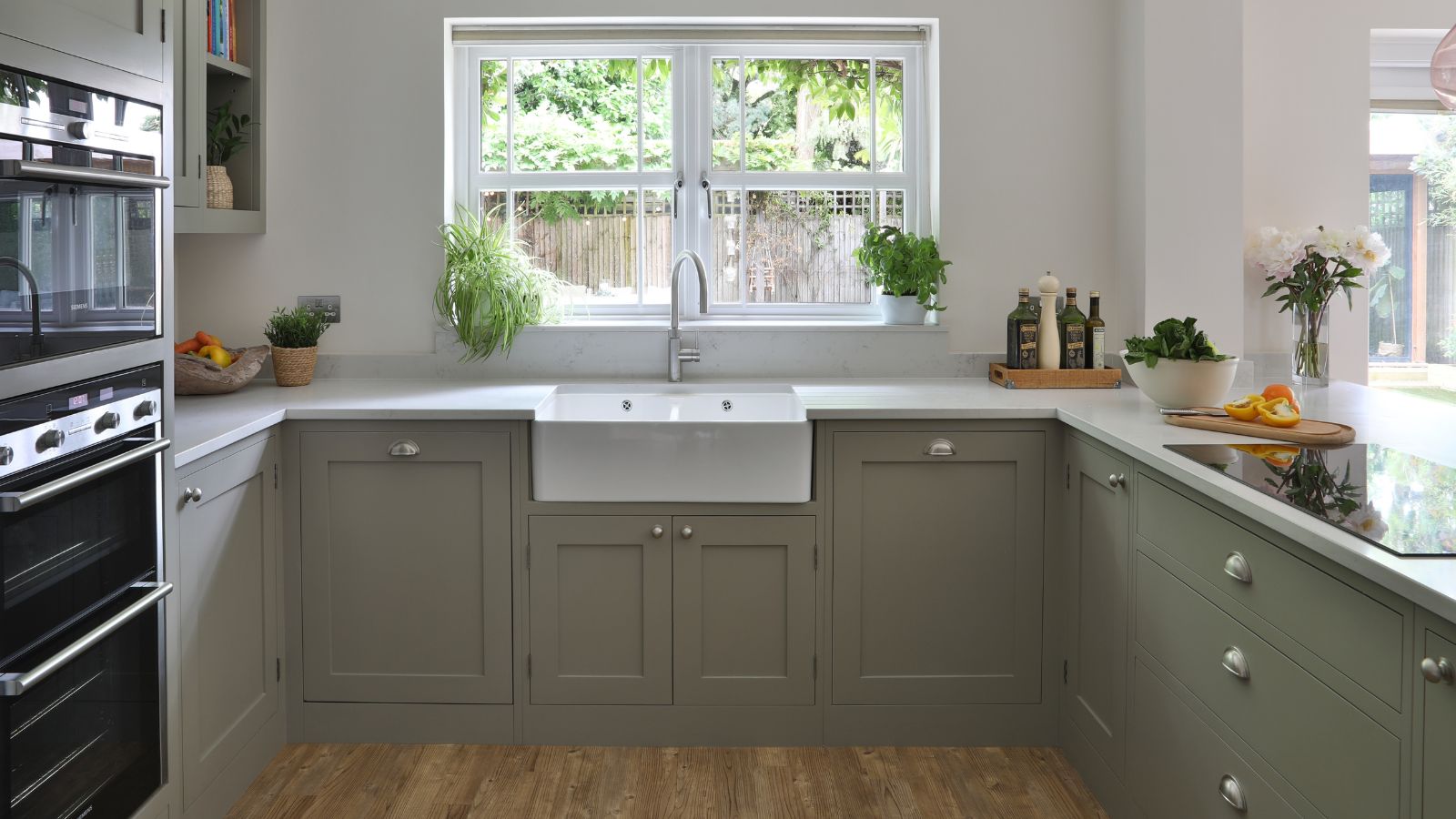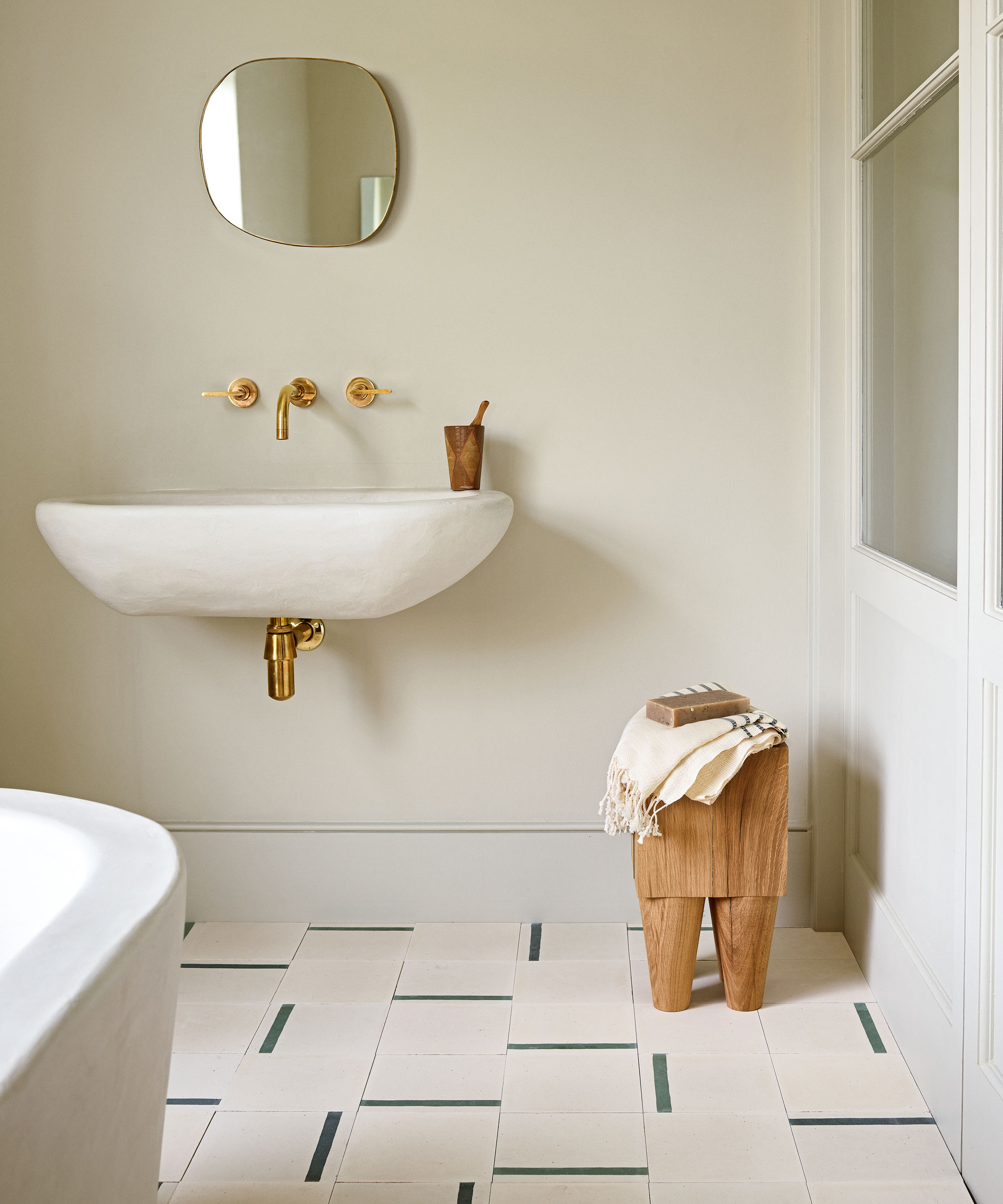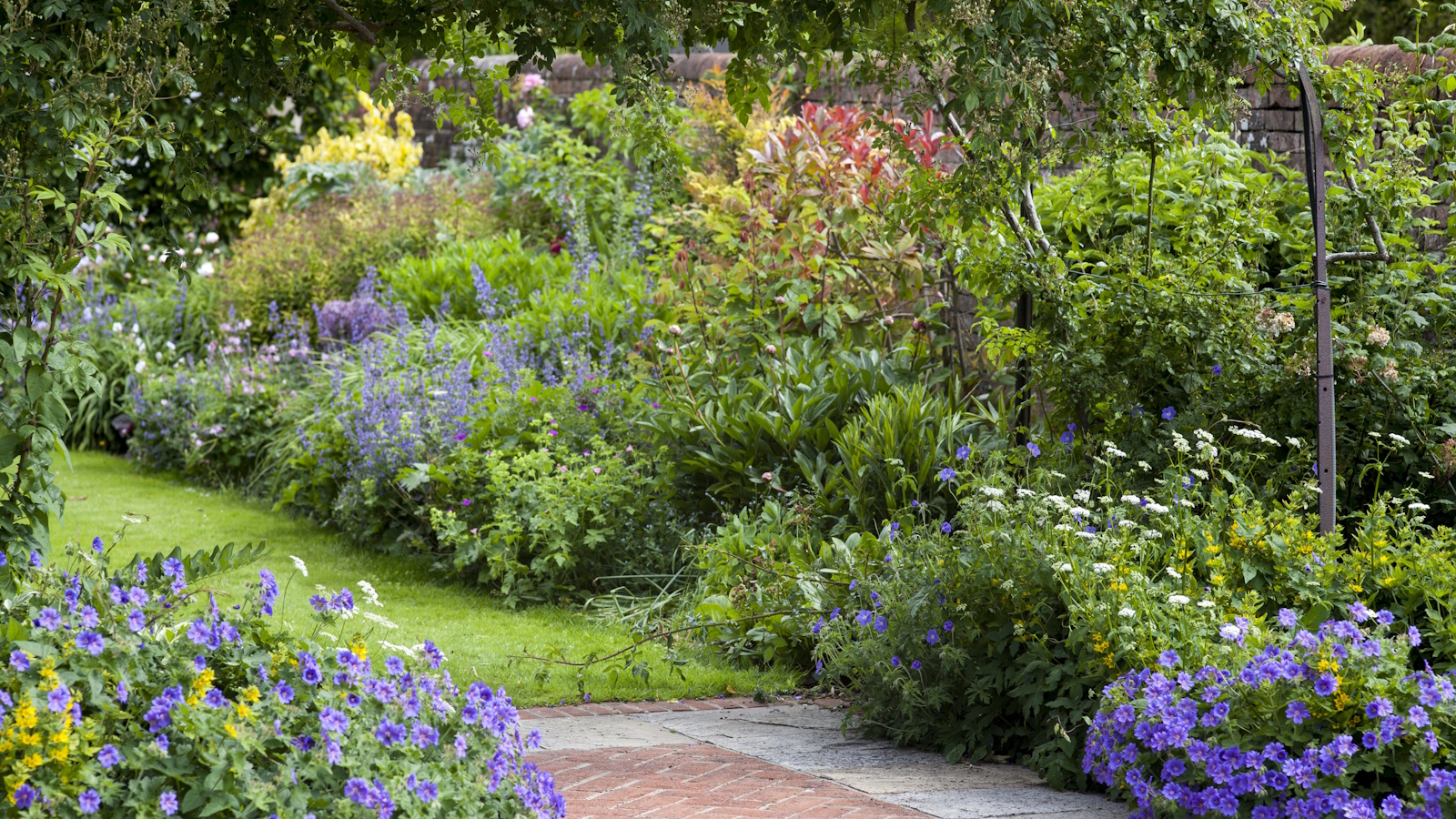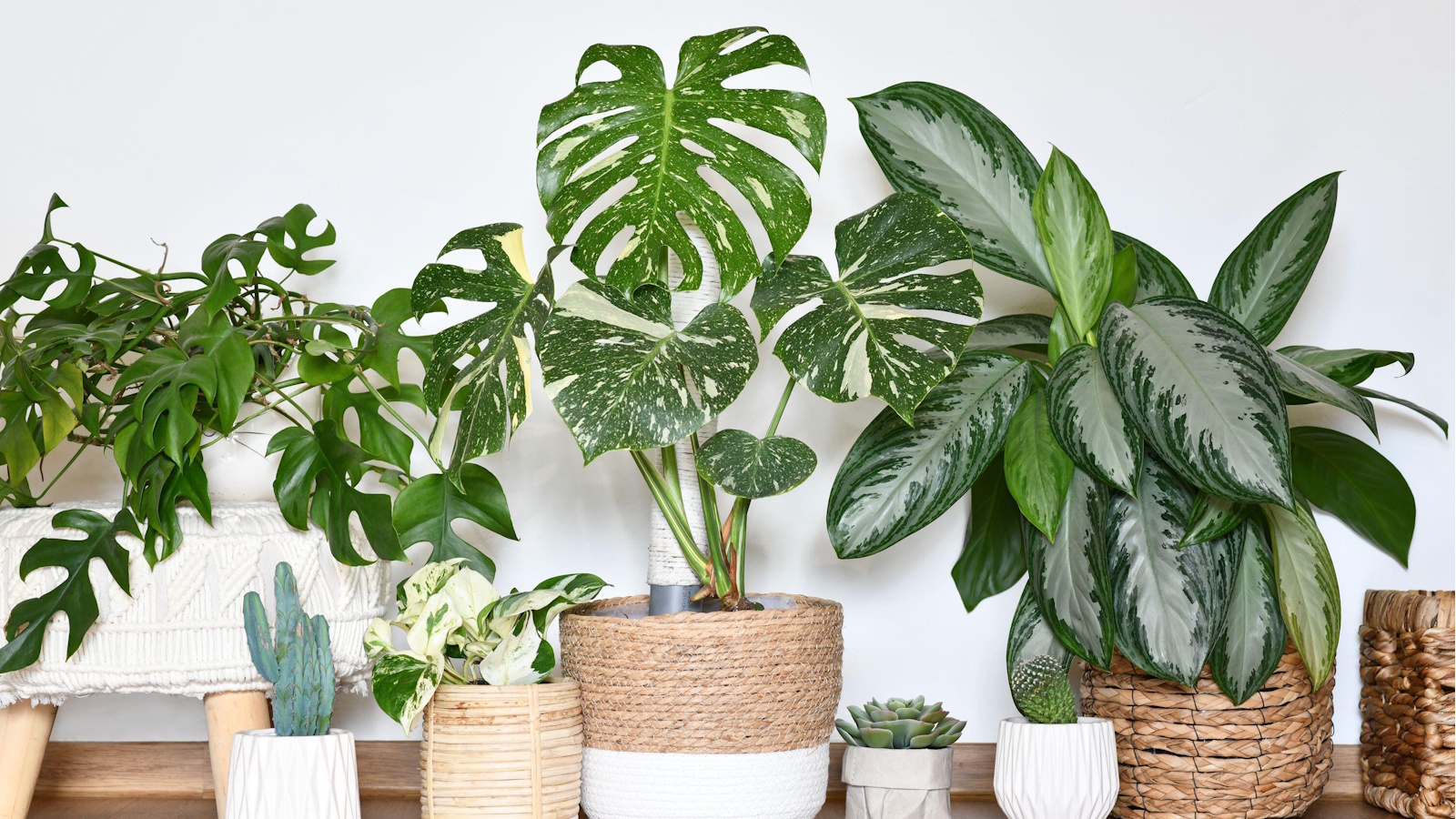What to do if a pipe bursts – professional plumbers explain how to deal with a dire situation
When a pipe bursts, it is important to act fast. These are the four steps you should take to avoid further damage


Burst pipes are one of the worst maintenance nightmares any household can suffer, especially in winter.
Although it is far better to take steps to prevent frozen pipes to protect them from bursting in the first place, if one does rupture in your home or yard, you must act quickly and calmly to prevent further damage to your property.
We consulted professional plumbers to learn the right approach to dealing with burst pipes so the clean-up is swift and efficient.
What to do if a pipe bursts
A burst pipe is a dilemma no matter if it is your outdoor faucet or your indoor sinks.
‘Pipes can burst due to various reasons, often involving high pressure or environmental factors,’ begins Matt Kunz, president of Mr. Rooter Plumbing, a Neighborly Company. ‘Freezing temperatures are a primary cause, particularly in cold climates, where water inside the pipes can freeze, expand, and exert pressure on the pipe walls, causing them to burst. Corrosion over time can weaken pipes, making them susceptible to bursting under regular water pressure.
'Physical damage, such as excessive water pressure from blockages or tree roots infiltrating underground pipes, can also cause them to rupture. Sometimes, a sudden jolt or impact from construction, accidental damage, or structural shifts can lead to pipe fractures or breaks.
‘Routine maintenance, appropriate insulation, and avoiding extreme pressure changes within the pipes can help prevent these issues.’
If you want to avoid having to dry waterlogged items, you need to follow these steps immediately upon spotting a leak, experts say.

1. Turn off the mains water supply
No matter if your pipe is simply dripping or fully gushing water, you should always start by turning off the mains water supply to prevent water damage and other plumbing disasters, says Mark Snell, CEO at Polestar Plumbing, Heating & Air Conditioning.
‘The first and most crucial step is to shut off the main water supply to your home. Locate the main water valve, usually found near the water meter or where the water line enters your house. Turn it clockwise to close it completely. This will stop the flow of water and prevent further damage.’
‘Avoid forcing the valve, as this can cause it to break, leading to even more significant issues,’ he warns.

Since the age of 12, Mark Snell, owner and founder of Polestar Plumbing, Heating & Air Conditioning has been in the field working on plumbing and HVAC jobs. He is a third-generation plumber/HVAC technician who learned a lot from both his father and grandfather.
2. Drain your faucets
Just because you have isolated the water supply doesn't mean that water will stop in your pipes immediately. A lot of it will remain hanging around in your pipes, putting pressure on the burst.
Matt Kunz, a plumbing expert, suggests draining the faucets as soon as you can after turning off the supply to relieve any remaining pressure. This will stop the damaged pipe from getting any worse, or bursting in another spot, he says.
To avoid bursting pipes, you might also want to drip faucets through winter, especially in freezing climates, to avoid damage in the first place.
3. Identify the location of the burst
This is one of the more tricky steps when it comes to remedying a burst pipe. Unless there is obvious water pooling or watermarks in your home, it can be hard to know where the loss of pressure or sound of running water is coming from.
‘It's often where you notice water leaking, and it may be accompanied by a hissing or rushing sound,’ says Mark Snell, plumbing expert. ‘If you can, isolate the damaged section of the pipe by closing the nearest valves, such as shut-off valves for specific fixtures or appliances.
‘Be cautious when identifying the burst pipe and watch out for potential hazards like electrical wires,’ he adds.
Once you have located the fault and assessed the level of damage (be it a small crack or a full rupture) it is time to call a professional for repairs.
Rescue Tape | View at Amazon
This black waterproof rescue tape is perfect to have on hand in case you encounter a burst pipe. If the leak is small, using this to stop water damage as you plan out proper repairs is ideal.
4. Commit to clean up
Once the burst is repaired and other electrical or structural damage is ruled out by a professional, you can commit to cleaning the area up, painting over watermarks, and repairing ceiling water damage as needed, says Mark Morris, master plumber at Deluxe Plumbers:
‘The final thing you should do is to restore the affected area and clean up any water damage. You should dry the area thoroughly with towels, fans, or dehumidifiers. You should also disinfect the area with bleach or vinegar to prevent mold and bacteria growth. You should also repair any damage to the walls, ceilings, or floors, such as patching, painting, or replacing.’
Much like preventing mold after a flood, it is important to act fast when it comes to this step to keep your home safe to live in.

Mark is an independent master plumber and HVAC technician, currently with Deluxe Plumbers
FAQs
Should I turn off the water off if my pipes are frozen?
If you suspect that your water pipes have frozen, it can be a good idea to turn off the mains water supply. This is because most bursts occur due to moving water building up pressure behind frozen sections in pipes, resulting in a split or rupture in the pipework. Where possible, keep your home warm and your pipes in frequent use to keep water moving and prevent it from freezing and blocking pipes over winter.
How do you dry a house after a burst pipe?
There are a few ways you can help to dry out an area after a burst pipe. Firstly, you can mop and physically dry the area with a towel to remove surface water. Then, you will want to ensure the area is well-ventilated and kept warm to expedite the drying process. Do not use direct heat for this to avoid causing a fire – running your indoor heating or using an electric heater somewhere in the room should suffice. To avoid mold, you may also want to consider using a dehumidifier to remove excess water more quickly.
As a homeowner, it helps to familiarize yourself with the location of water shut-offs, says Bill Bruininga, owner of Billy’s Plumbing and Rooter. ‘It is best to know where all of your water isolation valves are located. You have one at the street, one at the house, and two at each faucet location. Testing the use of each regularly helps when it comes to a pipe burst,’ he says.
‘Generally speaking, all houses should have these items. At the house, you should have two shut-offs. One for irrigation and one for housing domestic water. Knowing where these are can be essential in the event of an emergency,' he adds.
Sign up to the Homes & Gardens newsletter
Design expertise in your inbox – from inspiring decorating ideas and beautiful celebrity homes to practical gardening advice and shopping round-ups.

Chiana has been at Homes & Gardens for two years and is our resident 'queen' of non-toxic living. She spends most of her time producing content for the Solved section of the website, helping readers get the most out of their homes through clever decluttering, cleaning, and tidying tips. She was named one of Fixr's top home improvement journalists in 2024.
-
 Is the viral salt hack the secret to a weed-free patio? A garden expert warns of irreparable, long-term damage – plus reveals the safest way to get results
Is the viral salt hack the secret to a weed-free patio? A garden expert warns of irreparable, long-term damage – plus reveals the safest way to get resultsYou might have seen gardeners on TikTok or Instagram using salt to kill weeds in pavers, but this hack should be avoided at all costs
By Thomas Rutter Published
-
 9 longest-living houseplants – expert recommendations and tips for species that can live over 10 years
9 longest-living houseplants – expert recommendations and tips for species that can live over 10 yearsInvest in these houseplants now for years of luscious foliage in your home
By Tenielle Jordison Published
